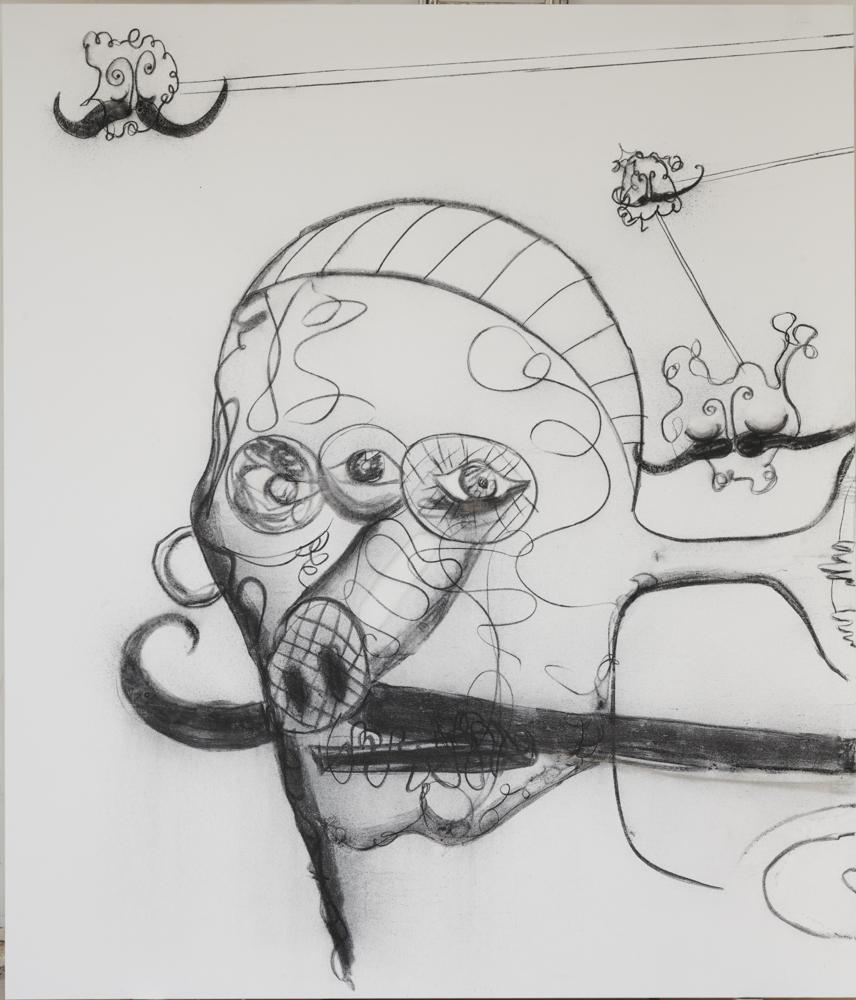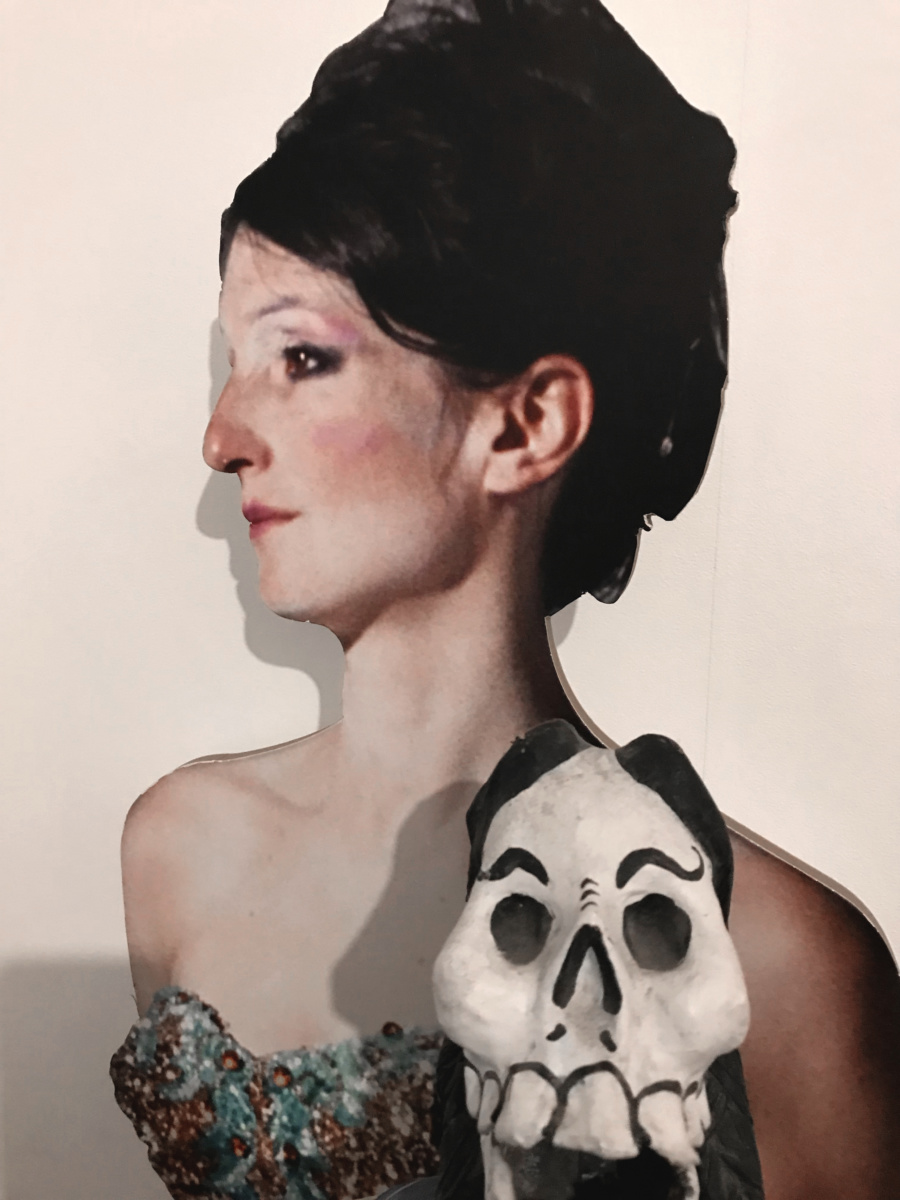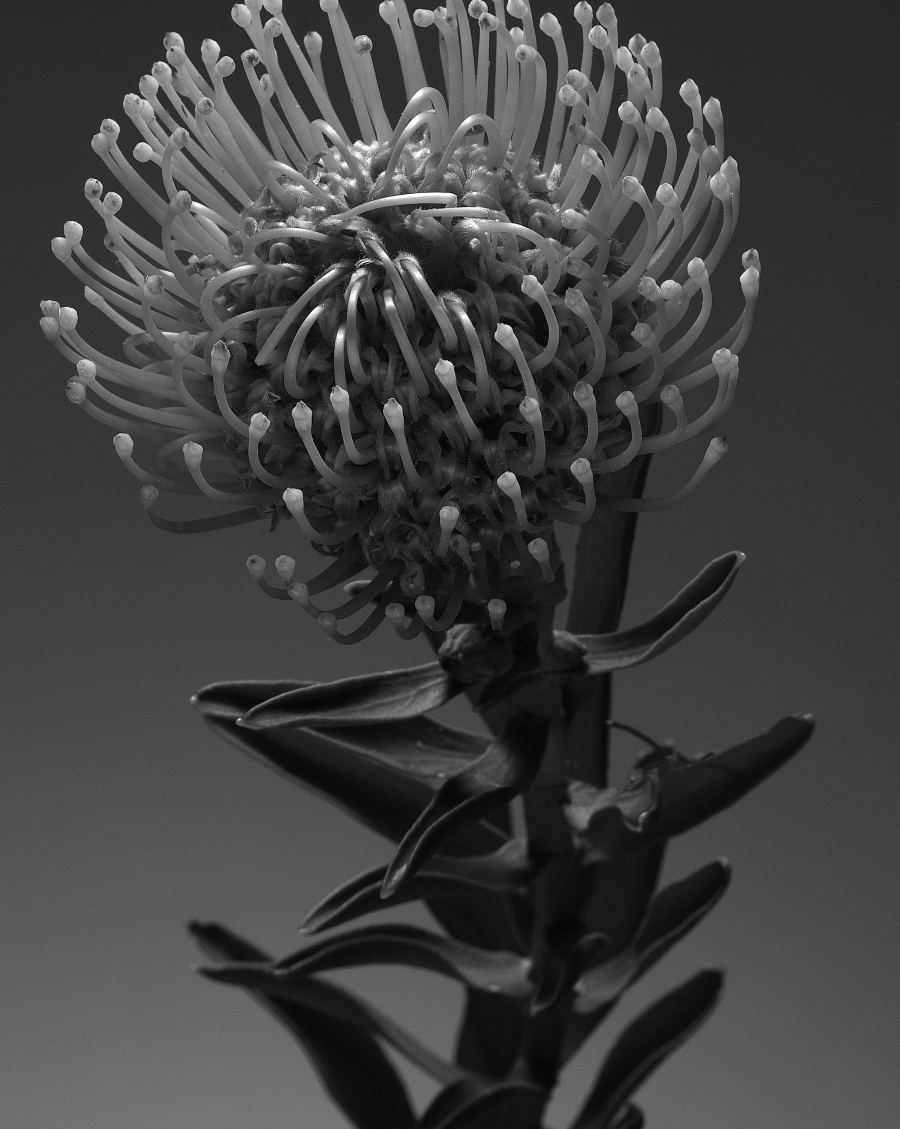Speaking of Black Dada
New-York based artist Adam Pendleton is best known for the fluidity of his practice; his work moves between painting, publishing, collage and video. He engages with the visual and semiological impacts of language, and uses it to re-contextualise and re-appropriate history, in order to provide alternative means of displaying it, and open people’s minds to the existence of these possibilities. Once the discussion has been opened, one can consider the different facets of a story, and how to decipher and decide what is seen and understood as the truth. When he describes these works as “Black Dada”, he draws on the movement’s origins as a nonsensical and anti-bourgeois statement of irrationality, and connects these to blackness. The effect is twofold: firstly, he implies an alternative viewpoint – Dada was undoubtedly fascinated with non-Western culture, but in a way that conserved it as a racial “Other”; secondly, he creates a non-finite list of future artistic possibilities, underlined with the striking phonetic impact of the word “dada”. Pendleton describes Black Dada as “an idea. When pressed, I often say that it’s a way to talk about the future while talking about the past.”

© Adam Pendleton, Courtesy Pace Gallery
Until 9th November 2018, Pace Gallery, London, is presenting an exhibition of works by the artist, spanning his career from early work until today. Through including the various stages of his artwork, the exhibition highlights the artist’s multidimensional practice, allowing narratives to form naturally as they are seen together. As you walk through the space, you see videos and photographs, and spray-painted canvases. In an interview with Thom Donovan in Bomb magazine, Pendleton describes his project System of Display as a way to “index information, an illogical approach to organising information. I wanted to come up with a system, and what I came up with was not so much a system of organisation but a means of display.” That is exactly the filter through which Pendleton portrays such historical, political and artistic events such as Minimalism, the Civil Rights movement, and the visual culture of decolonisation. What the show allows for is the culmination of these pieces and subjects as its own, wider system of organising and analysing society.

© Adam Pendleton, Courtesy Pace Gallery

Into this, Pendleton incorporates text and black-and-white imagery to create a striking impression of past and present events, and to stimulate discussion around them: they knowingly act as a form of optical dialogue, exploring current events from the 1900s up until today through multilayered and collaged pieces that possess the same qualities as the kind of broadsheet newspaper that you might pick up in an off-licence. This conversation is best embodied by his video-portrait of dancer and filmmaker Yvonne Rainer. The piece, which sits centre-stage in the exhibition space, follows a conversation between Pendleton and Rainer, at the former’s favourite Manhattan diner. They discuss their shared concerns on generational, racial, and gender differences in a dialogue that embodies that all-encompassing sense of Black Dada, and the possibilities it creates.



